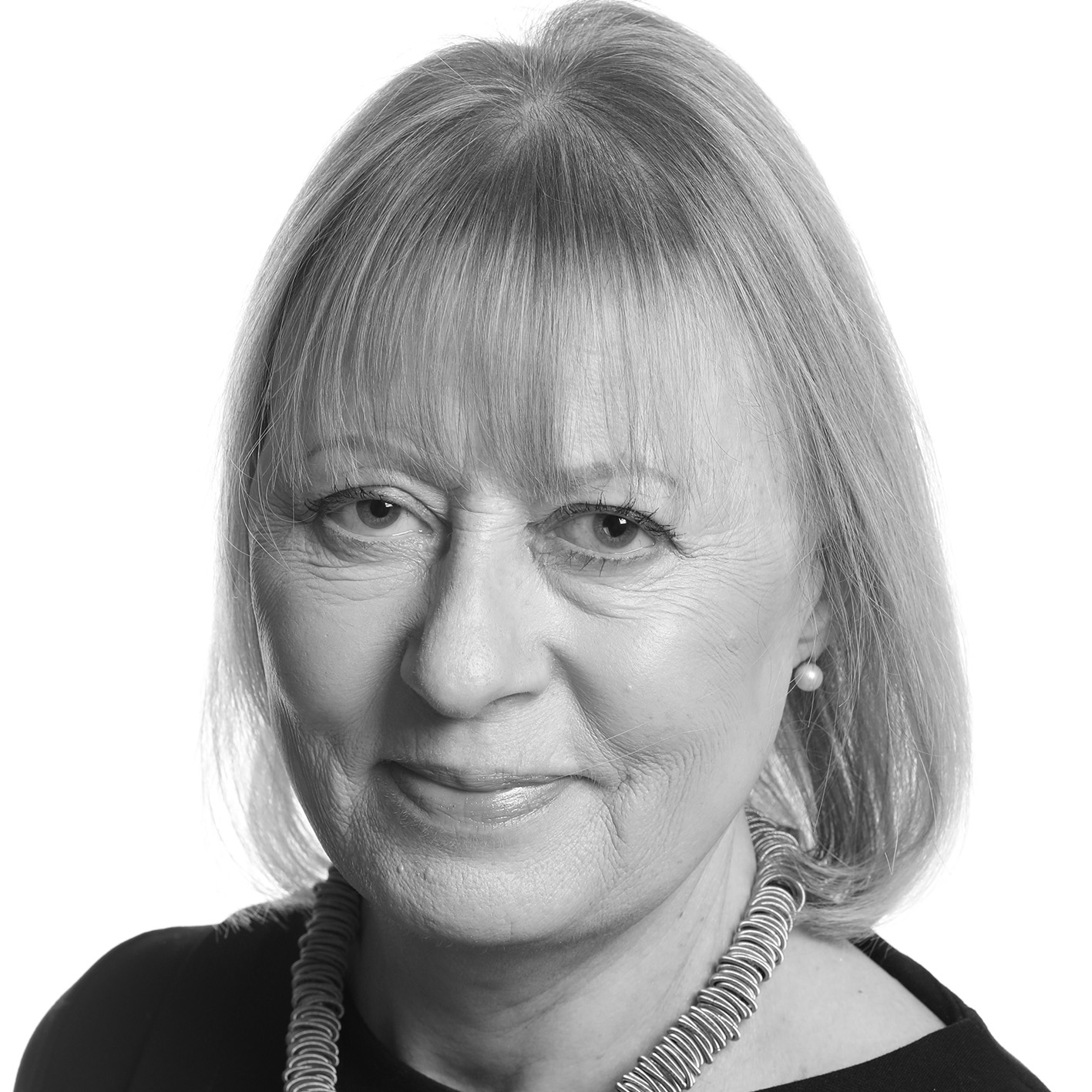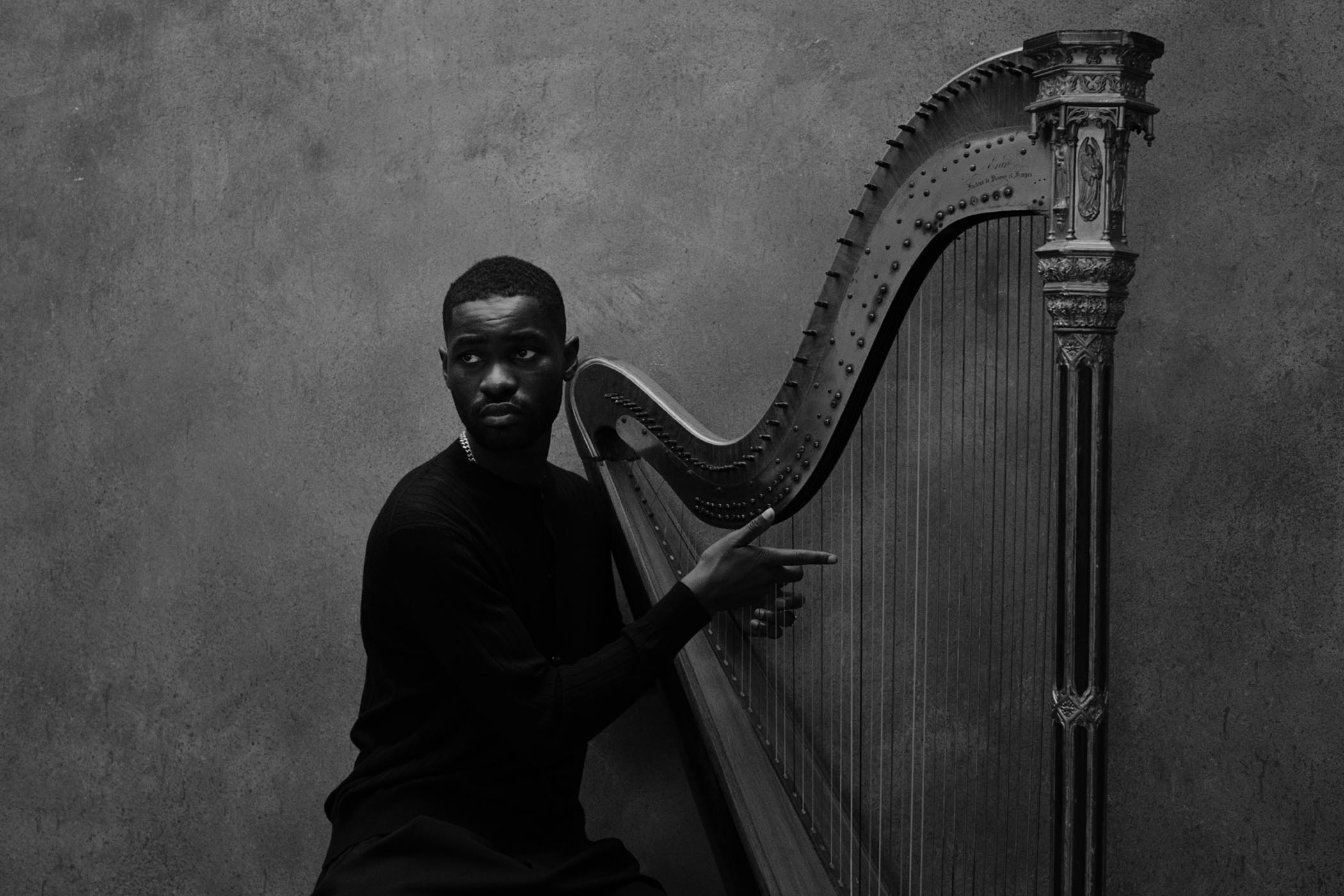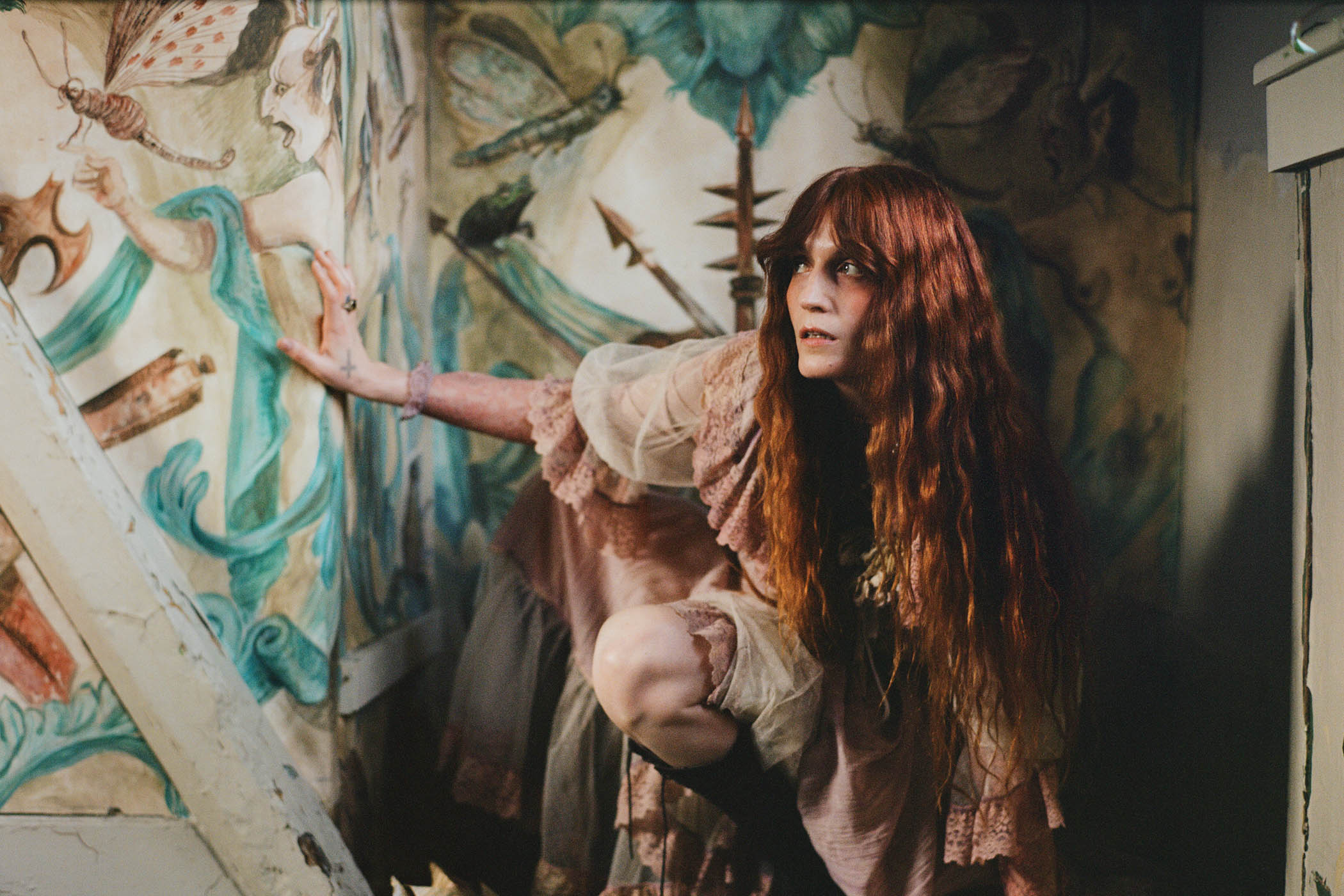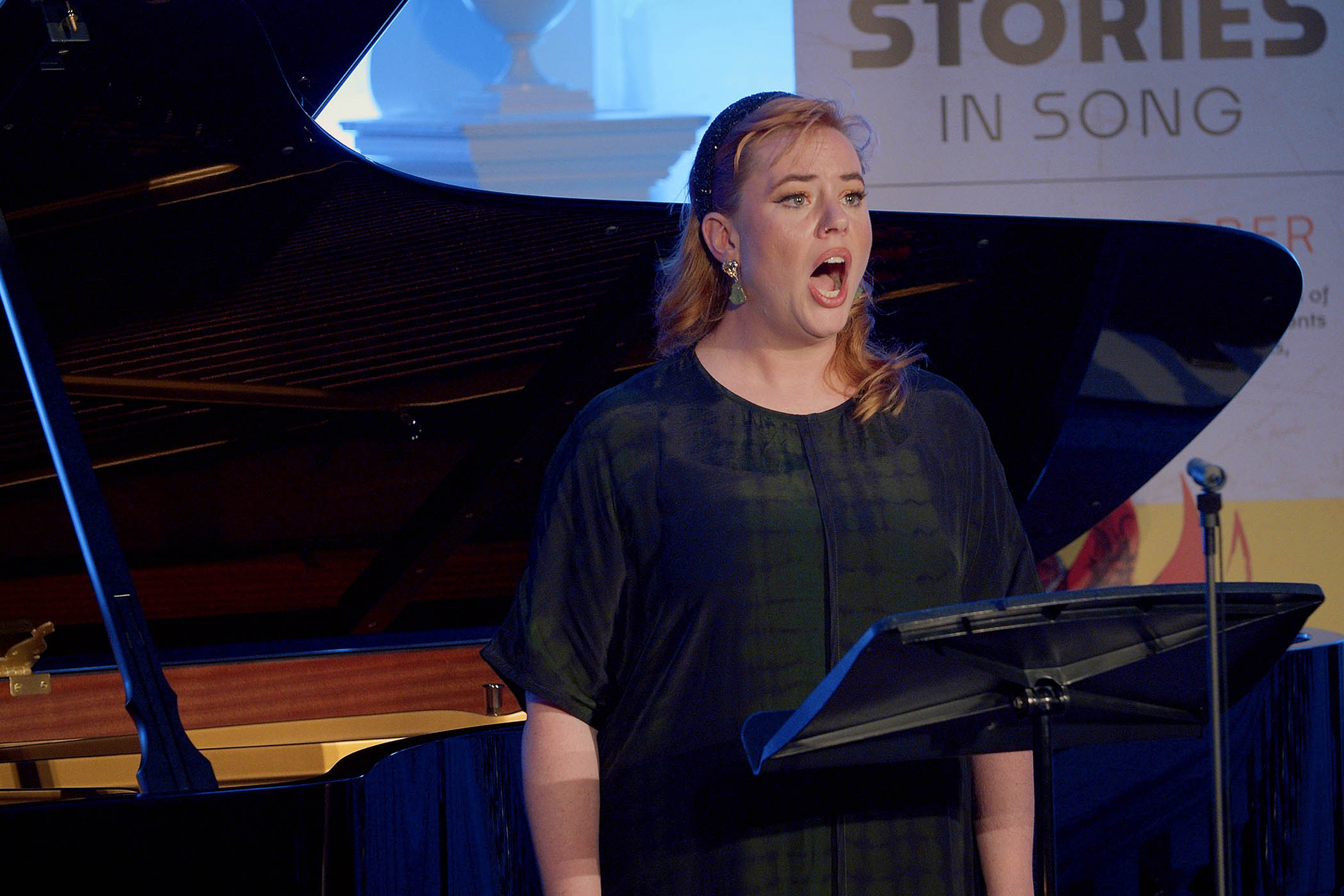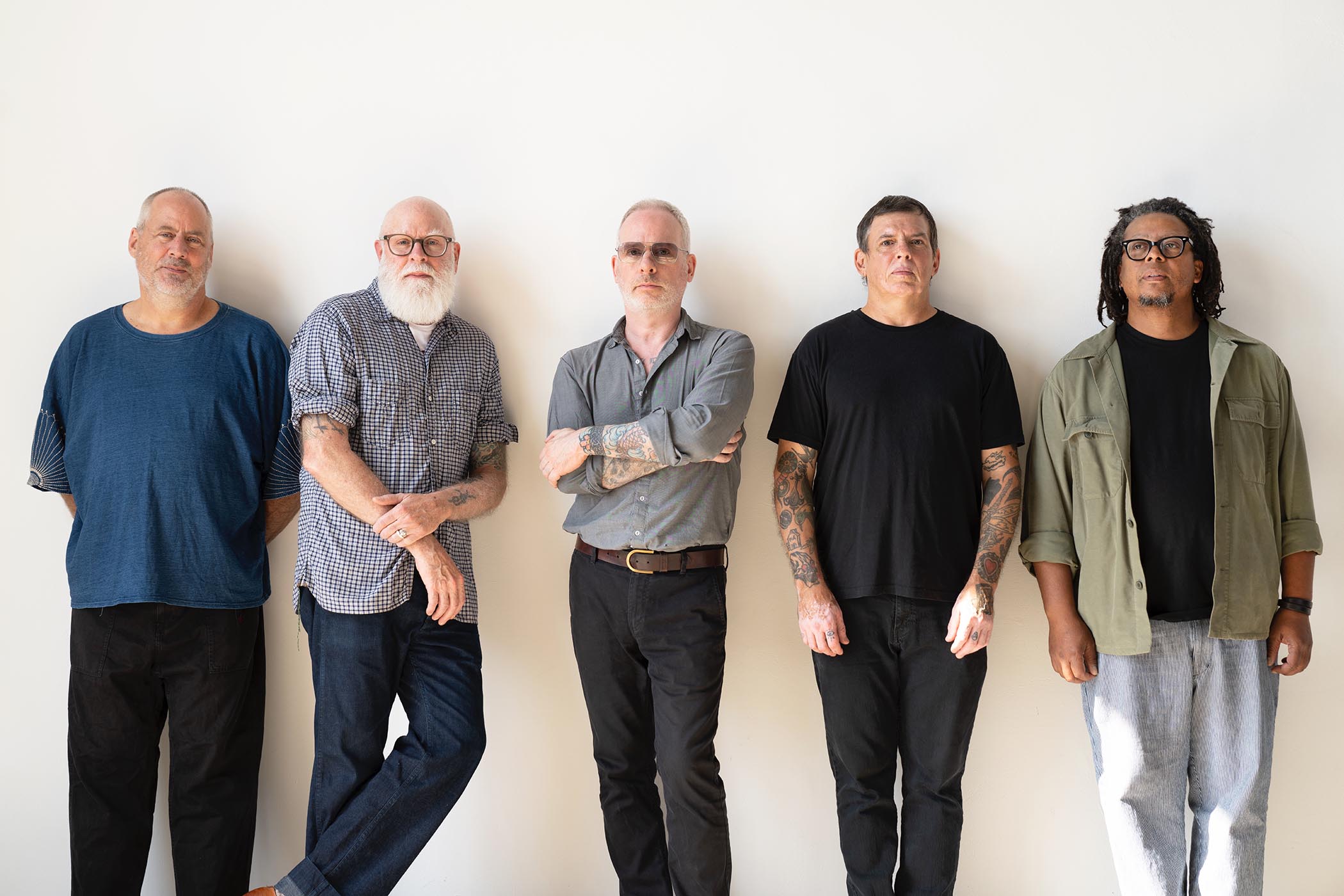
A futuristic programme fills the Elbphilharmonie with transcendent piano and a beguiling Boulez. Elsewhere in the city, Unsuk Chin’s latest offering could do with a trim
From the high terrace of Hamburg’s Elbphilharmonie – old brick warehouse beneath, spectacular glass-wave edifice above – you can see the baroque spire of St Michael’s, once a landmark for ships sailing up the Elbe into harbour. In this German city of music, the building has added significance. Telemann was director of music there. CPE Bach is buried in the crypt. Brahms, born streets away, was baptised in the angel-adorned font, miraculous survivor of second world war bombing that all but levelled the entire city. It was in St Michael’s, too, at a funeral, that Gustav Mahler forged ideas that would emerge in his Symphony No 2, Resurrection.
For anyone intrigued by the hidden bonds of musical life, these connections cannot fail to stir. That same Mahler symphony, played by the Budapest Festival Orchestra and conducted by Iván Fischer, was among works featured in the month-long Hamburg international music festival, which ended last week with two concerts by the London Symphony Orchestra conducted by Antonio Pappano. The outward-facing North Sea port – famed in the cold war years of the early 1960s as a haven for the teenage Beatles playing the clubs of the Reeperbahn – is concerned less with heritage than progress.
Accordingly, the Elbphilharmonie festival’s theme was “Future”. Masterpieces of modernism by Boulez and Cage sat alongside works from the canon, world premieres, jazz and experiments with AI. Mitsuko Uchida, the pianist invited to choose the pianos for the building when it opened in 2017, played György Kurtág as a prelude to Schubert’s Sonata in B flat, D960, a performance of incomparable distilled intensity, as if hovering in flight immemorial. That was in the Grand Hall, seating 2,100 people, every one of whom was on their feet at the end.
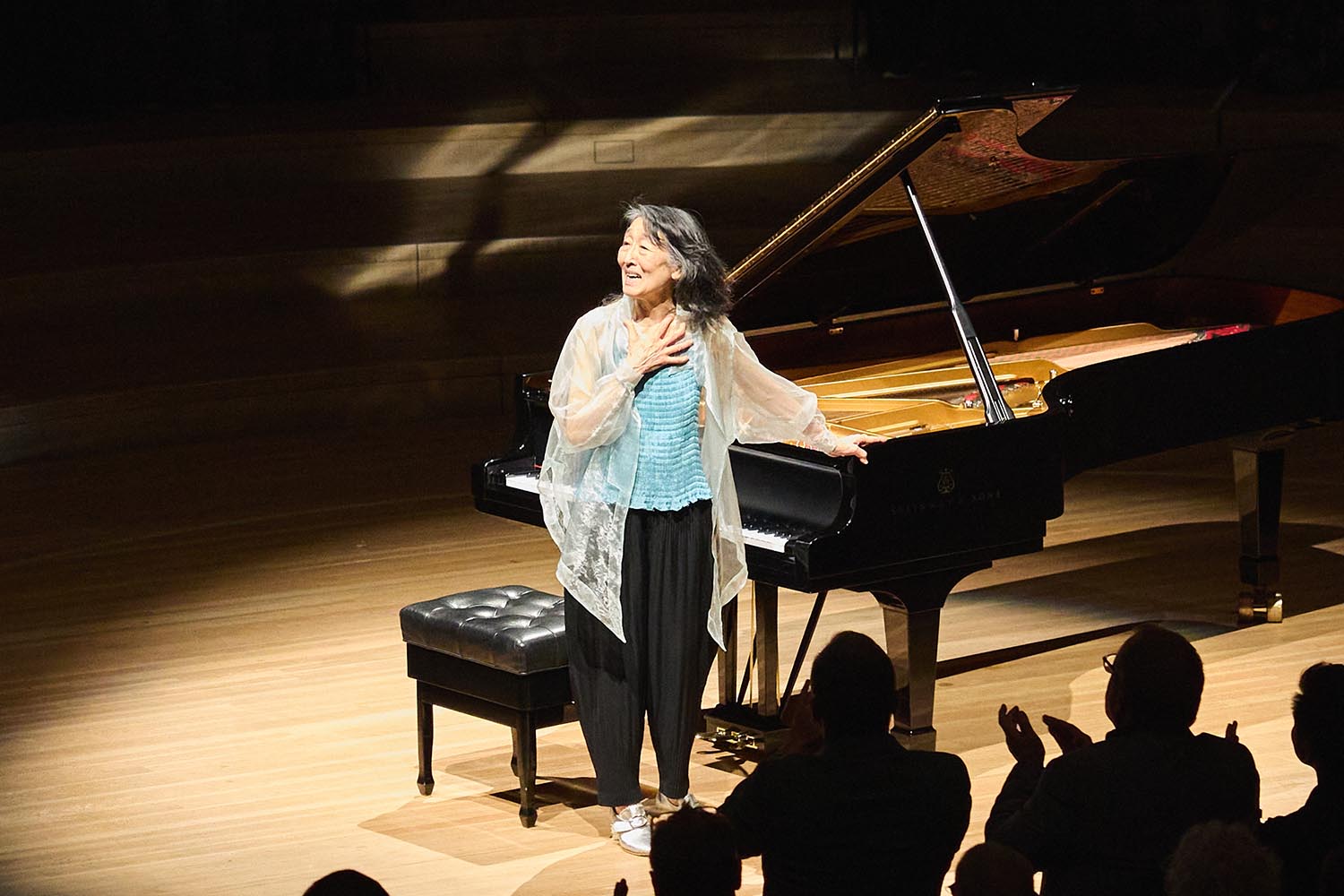
Pianist Mitsuko Uchida
In the Kleiner Saal, capacity 550, acoustic wood panelling strange and knobbled like soft wax, another pianist, the brilliant young Moscow-born Lukas Geniušas, had devised a recital called Russian Futurism. Pounding, cajoling, stroking the keyboard as if it were wrigglingly alive, he played Shostakovich, Stravinsky and, less familiar, Alexei Stantschinski and Arthur Lourié. The pianissimos, when they came, were exquisite. At the end, Geniušas asked us to think about his Russian homeland not as we read about it in the media but through the music we heard.
Also in the smaller hall, a 10-strong group of mainly British musicians – Sean Shibe (guitar), Adam Walker (flute), Matthew Hunt (clarinet), Colin Alexander (cello), George Barton (percussion) – gave a programme heard at London’s Wigmore Hall last month. Directed by Alphonse Cemin, with the vocally agile mezzo-soprano Ema Nikolovska, they combined James Dillon (new and sinewy caprices for solo guitar) and Cassandra Miller (Bel Canto) with Boulez’s classic Le Marteau sans maître, freshly sensuous and beguiling.
The Elbphilharmonie, by architects Herzog & de Meuron (responsible for Tate Modern), was initially scorned for the seven-year delay in completion, a source of understandable local fury for the final costs (€866m against an initial budget of €241m). Now preparing for its 10th anniversary, its popularity is beyond question. Keeping the original promise, it is a landmark for all – so far 24.5 million people have gone up to the eighth-floor plaza free of charge – and a venue for international musicians of all kinds, predominantly classical, who flock to play there (and there will always be a few who prefer the 1908, shoebox-shaped Laeiszhalle, still a much-loved venue and important in contributing to Hamburg’s 1.2m concert tickets sold in the 2023/24 season).
The resident NDR Elbphilharmonie Orchestra, conducted by Pablo Heras-Casado, showed their affinity with the Großer Saal in Sofia Gubaidulina’s Viola Concerto (1996), with Antoine Tamestit a persuasive and virtuosic soloist. Growing out of a single note, this dark and lyrical work – bells, amplified piano, xylophone, marimba – features a separate string quartet tuned a quarter tone lower than everyone else, adding to a sense of mysterious instability.
The city’s other main orchestra, the Hamburg Philharmonic (which also plays for the opera), revelled in an all Richard Strauss programme, conducted by Bertrand de Billy. Exploiting every nuance of this hyper-responsive acoustic, they were restrained but opulent in Ein Heldenleben, with violinist Konradin Seitzer a silken soloist. Maria Bengtsson, just occasionally underpowered from her position behind and above the orchestra, sang Four Last Songs with appealing warmth and feeling.
Much has been written about the aesthetic splendours and engineering achievements of this building, a wondrous haven of wood and glass, with water and panoramas on three sides. For concertgoers – and Hamburg has many; most events are sold out, with a quantifiable increase in younger audiences – the key questions are how does it sound and does it work? Designed in the so-called vineyard shape, as much inspired by La Scala Milan or a football stadium as the more obviously comparable Berlin Philharmonie, it has tiered seating all around, achieving a democratic intimacy with the stage for all.
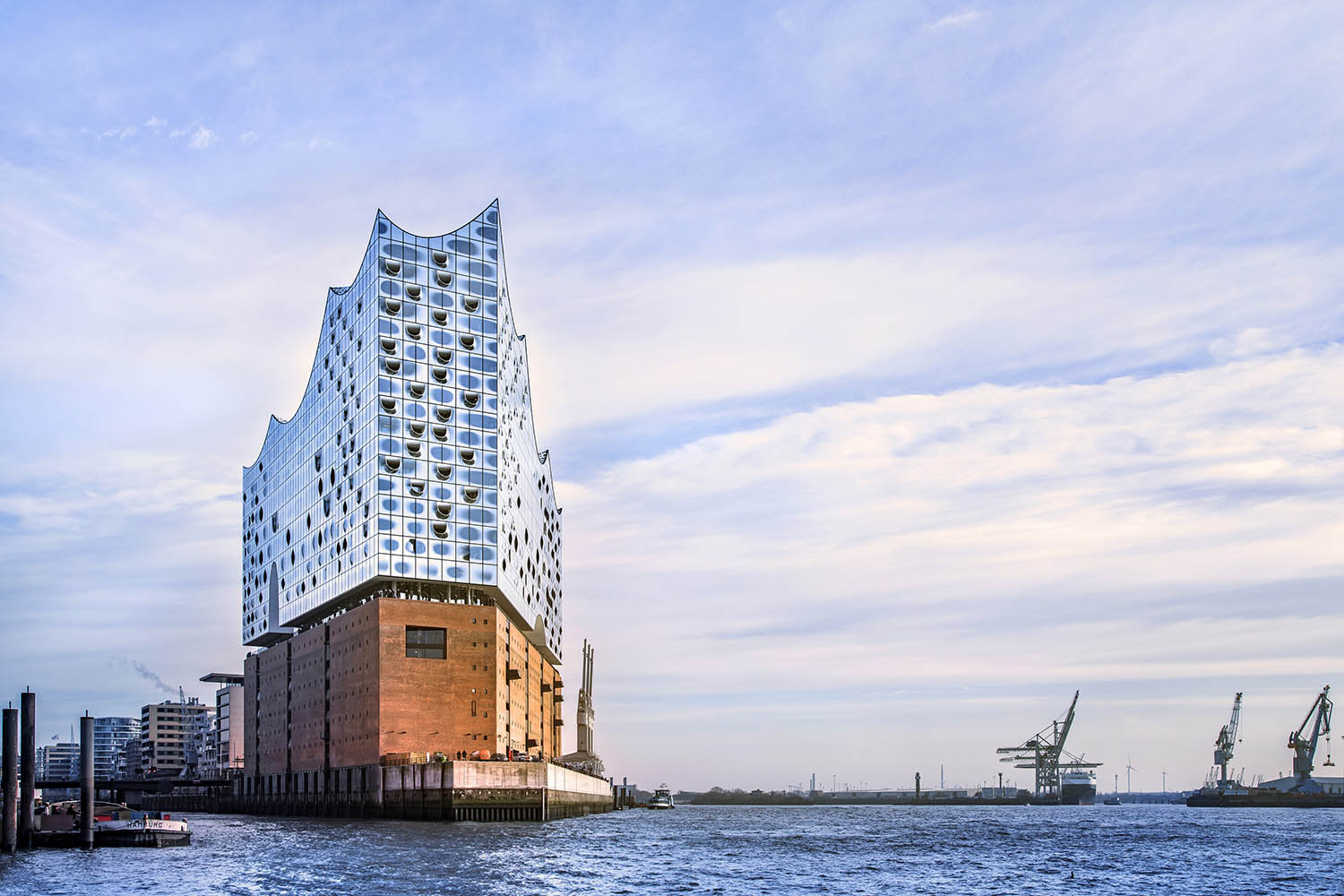
The exterior of the Elbphilharmonie, seen from the river
Acoustics are by Yasuhisa Toyota, whose many projects include the Frank Gehry’s Walt Disney Concert Hall, Los Angeles. Distinctive “white skin” concrete panels, in appearance like thousands of flattened, fibrous egg boxes, each incised with millimetre precision, reflect and redistribute sound. In orchestral music, every instrument is audible, pinging, transparent, but the effect is warm and integrated, rather than analytical. The downside is that a carelessly unmuffled cough can sound like a pistol shot. In the variety of music I heard (this was my first visit), the most incisive test came in a programme by the Bavarian Radio Symphony Orchestra and their chief conductor, Simon Rattle. From the crystalline, sonic purity of Boulez’s Rituel in memoriam Bruno Maderna to the voluptuous, untrammelled sensuality of Ravel’s Daphnis et Chloé – huge orchestra, wordless chorus, wind machine, ethereal and poetic solo flute – every conceivable sound colour was required, and dazzlingly found. Amid all the noise of AI, the analogue evidence was there: nothing will ever replace the skill of a musician playing live on stage, or the excitement, especially in a sensational building such as this, of listening, together.

Unsuk Chin’s opera ‘The Dark Side of the Moon’
In the same week, another major musical event took place: the world premiere, at Hamburg State Opera, of The Dark Side of the Moon (Die dunkle Seite des Mondes) by the South Korean composer Unsuk Chin (b 1961). Based in Berlin, she has a long association with the UK, compounded by making her first opera out of a national icon: Alice in Wonderland (2007). She will be featured composer at the Hallé next season. For her second opera, to her own libretto, she has taken a Faustian theme. Quantum physics mixes with dreams, apparitions and erotic delusions. The conductor, who also premiered Alice, was Kent Nagano, in his swansong with the company, where he has been music director since 2015. Orchestra, chorus and cast, led by Thomas Lehman as the morally fragile scientist Dr Kieron and baritone Bo Skovhus as Master Astaroth, healer of souls, were tireless and admirable. The Dublin-based production team Dead Centre, and designer Jeremy Herbert, created an elegant and deft staging, with Gilbert & George a visual touchstone. At more than three hours long, and with a dense and wordy text, it is not for the fainthearted, but the score is chiselled, touching, spellbinding moment by moment. This is hardly the first time an opera is in need of radical paring, but for its seriousness and ambition it’s well worth it.
Photographs by Carolin Windel, Thies Raetzke and Bernd Uhlig
